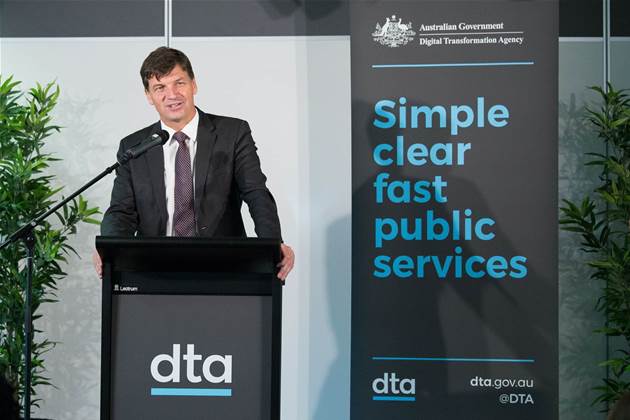Australia’s ten million myGov users will be greeted with a “new look” government services portal in 2017, the first step in the 18-month digital agenda unveiled today by ministers Alan Tudge and Angus Taylor.

The Department of Human Services and the Digital Transformation Agency have been busy behind the scenes working to give the notorious government platform a facelift in an effort to win back users and dispel its reputation for being clunky and frustrating.
Many of these efforts have come to fruition in the last few months, including the replacement of alphanumeric username codes with the option to use emails or mobile numbers, self-service options for suspended accounts, and making passwords visible as they are entered in an effort to cut down on high failure rates.
The first half of 2017 heralds an even more visible usability makeover for the website.
“In 2017, the myGov platform will be made easier to use on any device, with a simpler design and a guided experience to create and access your account, plus the option to receive updates about transactions on your phone or tablet,” Human Services Minister Alan Tudge said.
The ATO also this week revealed it is tinkering away at a number of myGov reforms that will benefit taxpayers - the largest cohort of myGov users.
The government used the myGov reforms to add some sheen to the launch of of a short but sweet guide to its digital plans to the middle of 2018.
The digital transformation roadmap commits the Commonwealth to indicative dates for a raft of new strategies including a secure whole-of-government cloud, shared services, and a common platform for payments and data exchange across agencies.
The one-page plan offers a sneak peek into what a beefed-up digital transformation office plans to do with its time and newfound resources over the coming 18 months.
The DTA has already started work on its whole-of-government ICT procurement review.
Next on the agenda in the new year will be a national business simplification reform agenda, plus a new approach to authentication and authorisation - no doubt based around the DTA’s existing work on a trusted digital identity framework.
It is also gearing up to release new frameworks for agencies to follow regarding IT governance, project delivery and funding.
In the longer term, the roadmap flags the government’s intentions to develop a whole-of-government cloud strategy with agencies that could see a further pooling of data centre resources in Canberra.
The government is due to deliver a revised IT strategy towards 2018.
Assistant Minister for Digital Transformation, Angus Taylor, said the digital roadmap will “be broadened as government agencies develop more detailed plans”.
“The bottom line is that services will increasingly become simpler, faster and easier to use,” he said.



.png&h=140&w=231&c=1&s=0)
_(22).jpg&h=140&w=231&c=1&s=0)




_(26).jpg&w=100&c=1&s=0)

 iTnews Executive Retreat - Security Leaders Edition
iTnews Executive Retreat - Security Leaders Edition












_(1).jpg&h=140&w=231&c=1&s=0)



